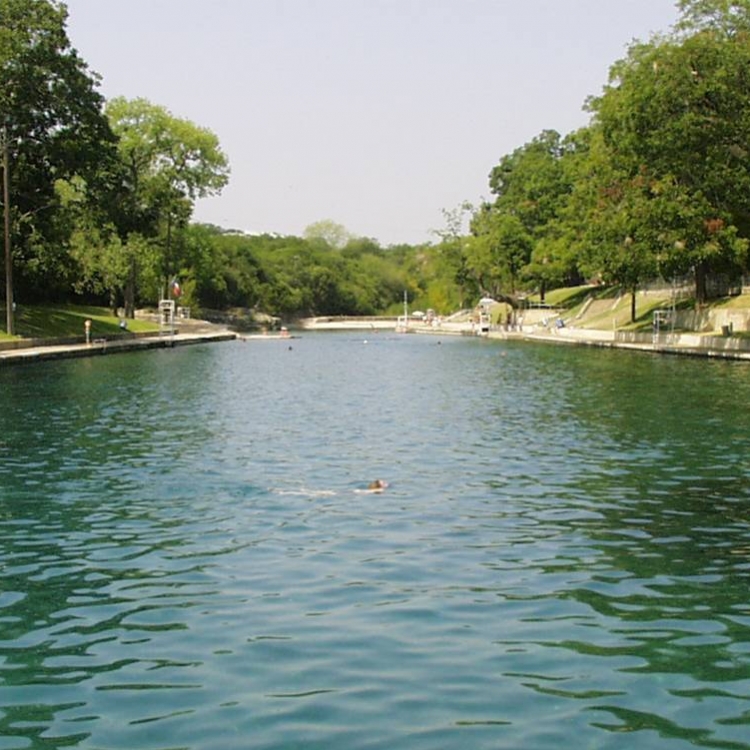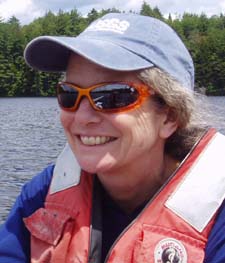
What’s in the Water: The History and Future of Barton Springs
SEPTEMBER 10, 2004
Dr. Barbara Mahler
U.S. Geological Survey
What is the talk about?
Austin’s “crown jewel”, Barton Springs is enjoyed by more than 350,000 people per year and has a history dating to prehistoric use by Native Americans. Today, it provides habitat for unique flora and fauna while providing a distinctive recreational experience. Its unique qualities have made it an icon for Austin’s quality of life. But Barton Springs is more than a swimming pool-it’s the main discharge point for the Barton Springs portion of the Edwards Aquifer. The Barton Springs portion of the Edwards Aquifer is the sole water source for more than 45,000 people. The Edwards aquifer is a karst aquifer, that is, it flows through subterranean fissures and caverns dissolved in limestone. One of the advantages of karst aquifers is that they can be enormously productive sources of water. Unfortunately, the properties that make karst aquifers so productive also make them vulnerable to contamination. Flow is rapid, so there is little time for contaminants to break down or pathogens to die off. In order to protect this resource it is important that we understand the physical properties of the spring, including how much it flows and where the water comes from, the concentrations of elements dissolved in the water, the effect of storms, and the amounts and sources of pollutants that might endanger the health of the spring and its users.
About our presenter

Dr. Barbara Mahler
Dr. Barbara Mahler is a Research Hydrologist with the Water Resources, Division of the U.S. Geological Survey. Dr. Mahler’s research focus is on karst hydrogeology and sediment-associated contaminant transport. Over the past five years, she has co-authored 11 articles in peer-reviewed publications, co-authored 11 technical reports, and presented research results at numerous national and international meetings. Dr. Mahler received her Ph.D. from the University of Texas at Austin; she was a NSF-NATO International Postdoctoral Fellow, spending one year in Montpellier, France, investigating bacterial transport in karst.